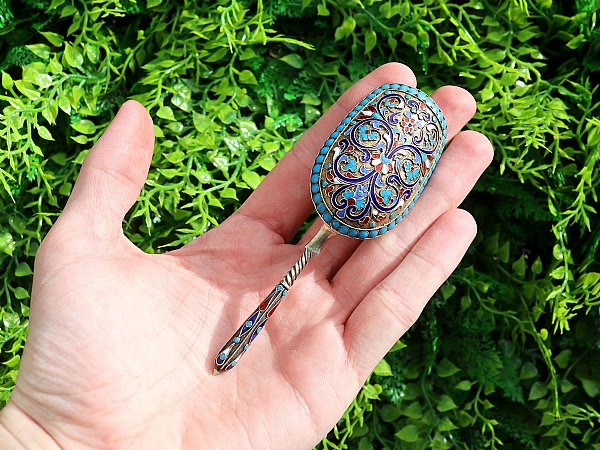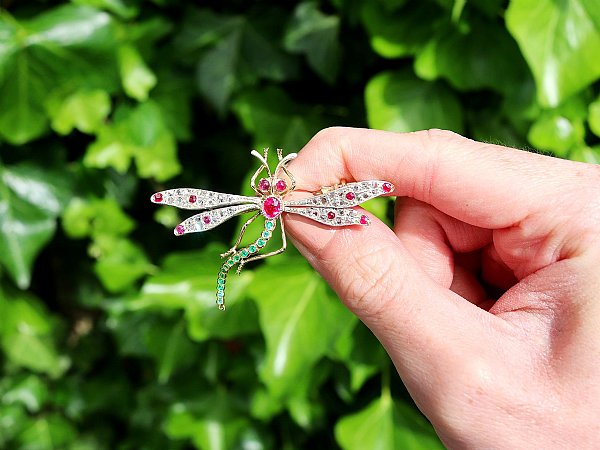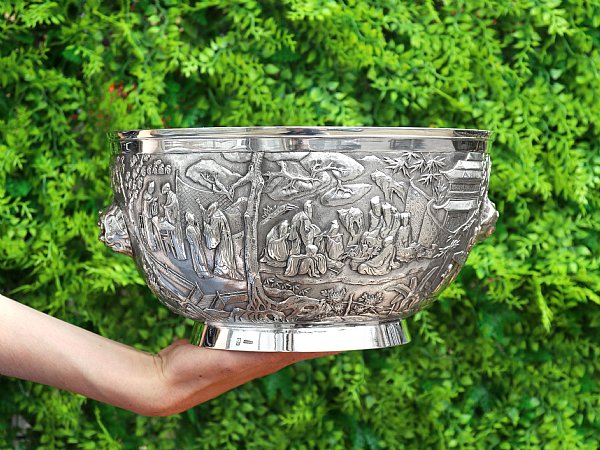Search Results for: '{{searchText}}'
Sorry...
We don't seem to have what you're looking for.
However we do have thousands of magnificent pieces of silver and jewellery available for you to view online. Browse our store using one of these categories.
Please wait for loading data... 
At AC Silver we are pleased to offer for sale a pleasing collection of antique silver caddy spoons.
Caddy spoons are especially charming items of antique silverware, often found in novelty forms and styles.
Andrew Campbell hand picks all of our silver teaware, and does so on merit having been retailing antique silverware since 1977.
All of the silver caddy spoons at AC Silver come with free and insured worldwide shipping and a 14 day return policy.

Tea was introduced to Britain in the early Restoration period. It was shipped in wooden containers, packed around a variety of porcelain vessels. It wasn’t long before silversmiths imitated this shape in their crafting of tea caddies.
Around the 1760s, fashion trends caused tea caddies to change, rather than imitating the containers tea was shipped in, they became box-shaped, with flat or slightly domed lids. The newer versions also sometimes had vase-shaped vessels with a detachable cover that was too large for measuring tea. This necessitated the need for a separate spoon form measuring out the tea.
Early caddy spoons generally had shell-shaped bowls. It is widely believed that this stems from tea merchants using sea shells to allow customers to sample the tea by smell and taste before making a purchase. They were even called ‘Caddy Shells’ until the 1840s. A lot of these spoons had deeply-curved terminals so that the spoon could be hooked over the rim or handle of the tea caddy itself while not in use. Typically, they also had deeply-moulded bowls in order to measure a decent amount of tea.
Examples from before the mid-19th century were generally made of thin sheet silver, and these examples are not typically in good condition today, as they have a tendency to crack due to their somewhat rudimentary materials. The higher quality caddy spoons were cast in silver first and then hand-chased, giving them a more significant weight. Some examples of these silver spoons were made from one piece of silver, eliminating potential weaknesses from the bowl being soldered to the handle. Silver was the preferred material when it came to caddy spoons, as tea was a luxury, and using silver utensils would enhance the taste and flavours, where other materials may be detrimental to the experience.




